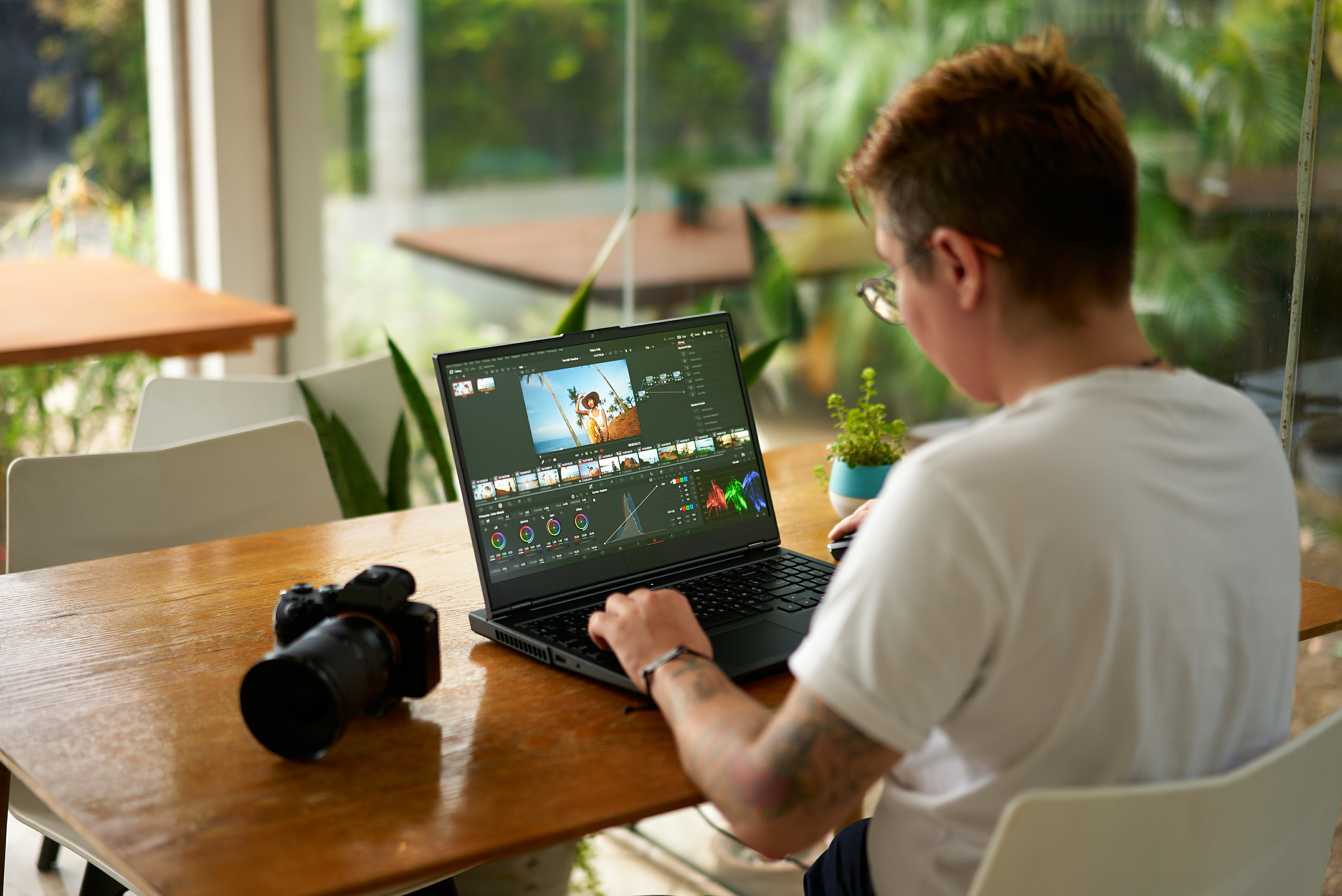A Unique 1995 ProStar Laptop Stands Out at the Vintage Computer Festival East

During a recent visit to the Vintage Computer Festival East, a dedicated event celebrating the history and development of computing technology, Action Retro stumbled upon a fascinating relic from the past: a 1995 ProStar laptop. What caught their eye was not just the age of the device, but its unusual features that set it apart from typical laptops of that era.
This particular ProStar model diverges from the standard design, which typically includes a trackpad and conventional mouse buttons. Instead, it boasts a D-pad along with four buttons reminiscent of those found on game controllers. This design choice draws parallels to modern compact devices such as the 2002 Sony VAIO PCG-U subnotebook and the 2018 GPD Win 2, both of which integrate gaming controls into their design. However, what is particularly curious is that the manufacturer has bizarrely placed these serial-connected gaming controls on the laptop's palm rest area, creating an intriguing yet awkward ergonomic situation.
While the ProStar branding is evident, it's important to note that this laptop was not manufactured by the brand itself but rather by Clevo, a company that specializes in producing generic laptops that are often rebranded by various companies worldwide. The ProStar model in question features a typical 120 MHz Pentium processor and includes two additional printed circuit boards (PCBs) specifically for the D-pad and buttons, which are wired into the mainboard.
In stark contrast to the sleek and stylish aesthetic of the VAIO PCG-U and its successors, this Clevo laptop resembles a veritable brickan attribute that was common among laptops of the mid-90s. This bulkiness raises questions about the practicality of the gaming controls, as the devices weight and design make it challenging to hold comfortably. Although the controls function as intended, as demonstrated in a video from the event, using the D-pad with your thumb can be quite the challenge if the laptop is not properly positioned on a stand, as it becomes cumbersome to manipulate while holding the device.
The intentions of the Clevo designers behind this peculiar creation remain a mystery. Nonetheless, it undeniably makes for a standout piece in the realm of vintage computing, particularly if someone were to use it as a portable gaming system during the late 90s.
Additionally, our correspondent Adam Fabio, who also attended the Vintage Computer Festival East, shared his excitement over the expansive exhibit dedicated to Windows 95, showcasing the profound impact this operating system had on personal computing.






















